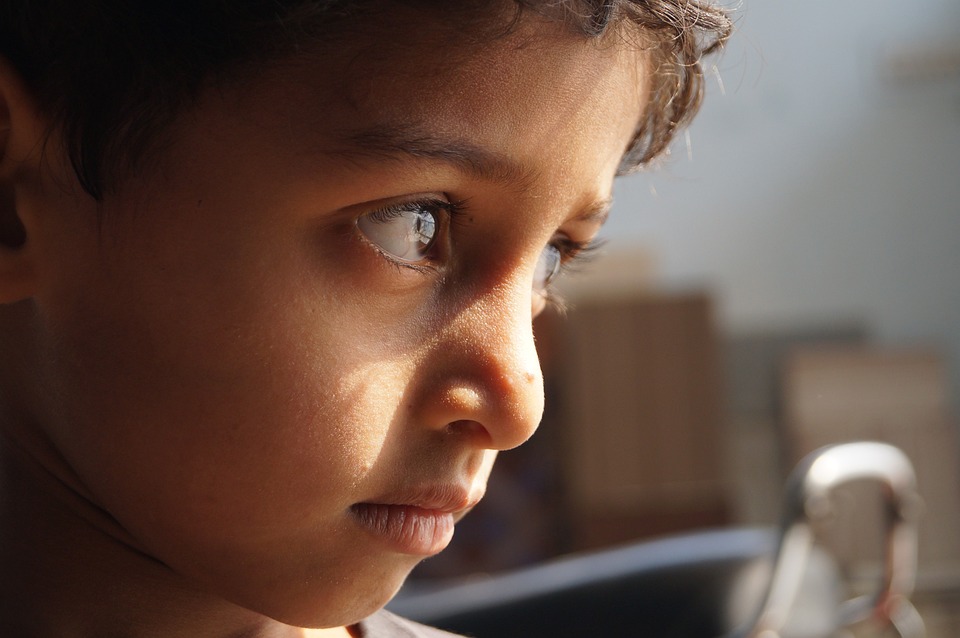Imagine being a kid with a disability in school today. How could the very nature of the environment not stress you out? In fact, I know many families who saw such a marked improvement in their child’s stress and anxiety during school shut-downs that they didn’t send them back to school. They claim that their child made more progress at home, working on their own timeline, in an environment that wasn’t packed with social and communication demands, as well as the bullying behaviors of others, than they did in school.
In this email, I will share information about bullying. Much of what you will find below is provided by TACA- Autism Community in Action – but, regardless of whether your child has autism or another disability, bullying of kids with disabilities is a significant issue and must not be left unchecked and ignored. (FYI Research tells us that 60-65% of students with disabilities are bullied at some point during their educational years, and that is only based upon those that we know about.)
Defining Bullying
The Office of Special Education and Rehabilitative Services provides a definition of bullying as the following:
“Bullying is characterized by aggression used within a relationship where the aggressor(s) has more real or perceived power than the target, and the aggression is repeated, or has the potential to be repeated, over time. Bullying can involve overt physical behavior or verbal, emotional, or social behaviors (e.g., excluding someone from social activities, making threats, withdrawing attention, destroying someone’s reputation) and can range from blatant aggression to far more subtle and covert behaviors. Cyber-bullying, or bullying through electronic technology (e.g., cell phones, computers, online/social media), can include offensive text messages or e-mails, rumors or embarrassing photos posted on social networking sites, or fake online profiles.”
Signs Of Bullying
Bullying most often happens when there is a perceived difference between people. This means that people with disabilities are at an automatic disadvantage. Kids who have poor social skills, slower problem solving, and an inability to defend themselves verbally or physically are at a higher risk.
This means that both parents and teachers must do their best to recognize the signs of bullying and intervene as early as possible.
The following is a list of warning signs that a child may be being bullied:
- Unexplained bruises or other physical injuries
- Increased anxiety
- New or increased aggression
- New or increased self-injurious behaviors
- Depression
- Thoughts of suicide
- Acting angry, sullen, or having mood swings
- New or increased elopement behaviors
- Complaints of illness or faking illness
- Change in eating habits
- Difficulty sleeping
- A decline in schoolwork or grades
- Loss of interest in school
- School refusal
- Frequent visits to the school nurse or office to avoid going to class
- Lost or destroyed items such as clothing, books, electronics
- Loss of friends
- Avoidance of social situations
School Involvement
Reporting and Resolving Bullying at School
If you believe that your child is the victim of bullying at school, immediately send an email to the members of your child’s IEP team, as well as the school’s principal.
- Provide details about the bullying, in writing, such as:
- Frequency and intensity of bullying
- Number of students engaged
- Time and location of bullying
- Any changes in the student’s behavior
- Any changes in the student’s emotional state
- Placement: the student should remain in the Least Restrictive Environment of a general education classroom, and a change should not be made just because the school can’t come up with a better way of meeting their needs. Your child’s placement should not change because of the behavior of another student.
- Provide Documentation
The following is a list of items that provide evidence of bullying:
- Assessments
- Social-emotional assessments
- Functional behavior assessments
- Mental health services evaluations
- Incident reports
- Student documentation
- Use interviews, written statements, or pictures
- Witness statements
- Ask witnesses to write what they observed if possible
Prevention And Education
There are strategies that can be put in place to decrease bullying in our schools. Here are a few suggestions:
Parents
- Talk to your child about bullying:
- What is bullying? Why is it wrong?
- Give examples of both bullying and acceptable interactions.
- Use social stories specific to your child and their school.
- What is bullying? Why is it wrong?
- Role-play situations involving bullies.
- Likewise, practice with your child reporting an incident using their preferred method of communication.
- Arrange for your child to stay near a teacher/supervisor during lunch and recess.
- Set up a buddy system with a trusted peer during recess, lunch, or times of transition.
- Help your child develop friendships:
- Enroll your child in classes, extra-curriculars, or activities geared toward their interests.
- Seek out positive, fun ways to practice social skills.
- Help your child develop and maintain a network of support by facilitating friendships.
- Include goals for self-advocacy, social skills, and problem-solving in your child’s IEP.
- Provide individual or group counseling.
- Create a plan to monitor and address bullying.
In Conclusion
If you have a child who hates to go to school but is unable or unwilling to express what the reason is, the possibility of bullying should be considered. Let’s not forget that many kids with disabilities are bullied, but don’t even realize that they’re being bullied. All adults need to be on the lookout for signs of bullying and be prepared to intervene immediately.

